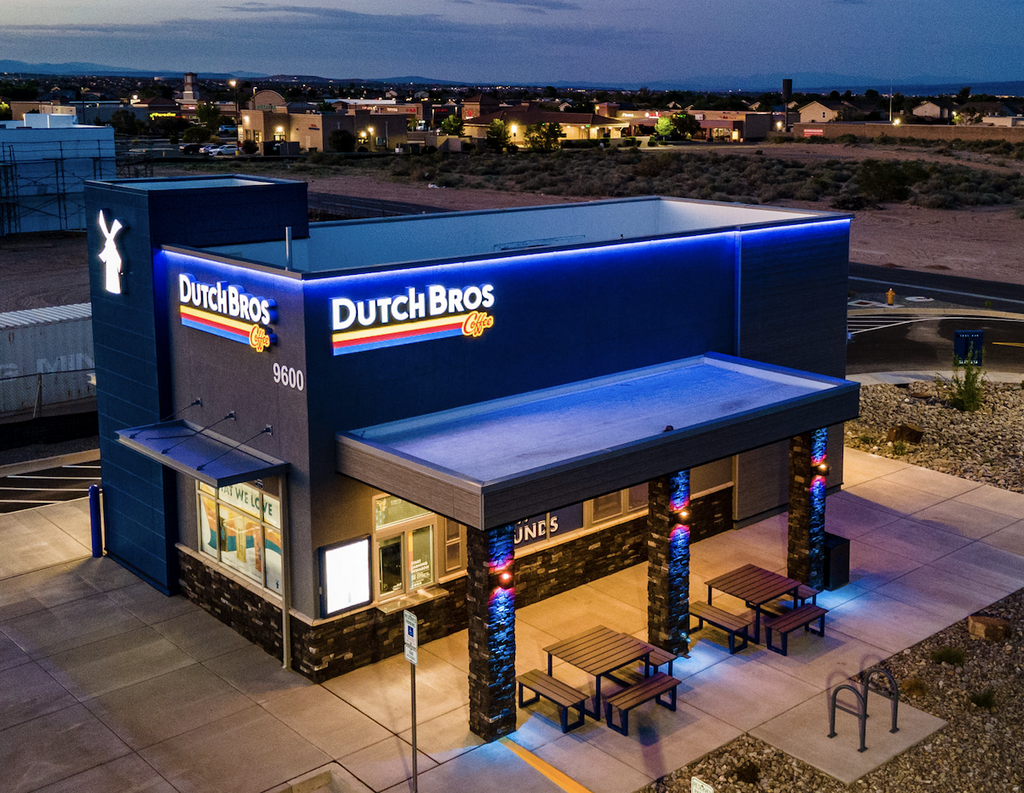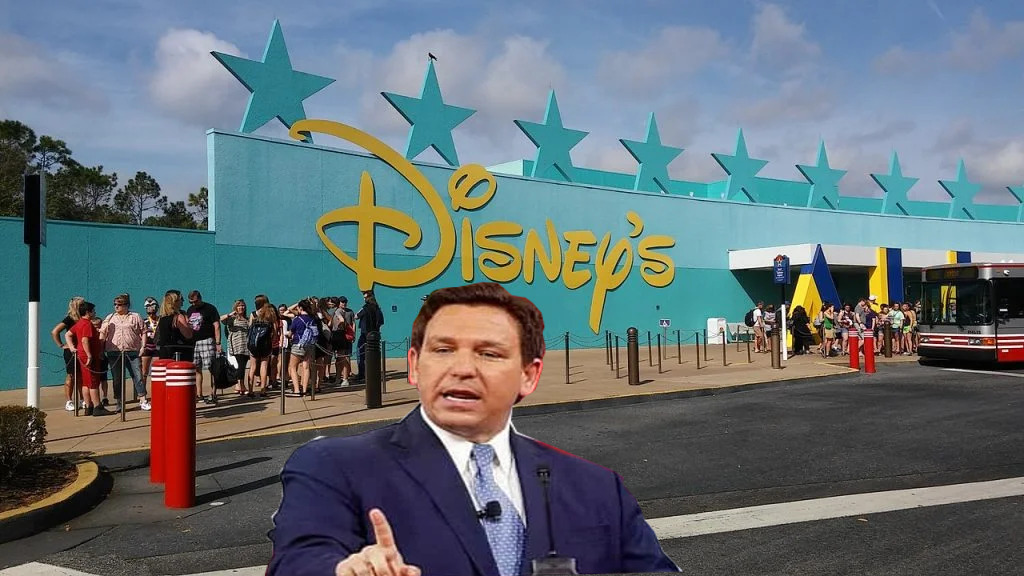
The Walt Disney Company has recently attributed a slowdown in demand at its domestic theme parks to economic pressures, specifically pointing to lower-income consumers feeling financial stress and higher-income consumers opting for international travel. Senior Executive Vice President and CFO Hugh Johnston acknowledged the potential for “a bit of a slowdown” at the parks but expressed confidence that Disney’s broader entertainment business would offset these losses.

In a crowded scene at Cinderella Castle, the iconic centerpiece of Disney’s Magic Kingdom, visitors reflect the diverse demographics that Disney aims to serve. However, the financial strain is evident: 24% of all Disney Parks guests go into debt for their vacation, with 45% of parents with children under 18 incurring an average debt of $1,983. Despite these financial burdens, most guests express no regrets about their expenditures.

The financial performance of Disney Experiences, including the parks, showed an over $8.3 billion revenue in Q3 FY24, marking a 2% increase. However, the segment’s operating income saw a 3% decrease to $2.222 billion. Disney attributes this income decrease to higher costs driven by inflation, increased technology spending, and new guest offerings, partially balanced by cost-saving initiatives and comparisons to previous years’ depreciation.
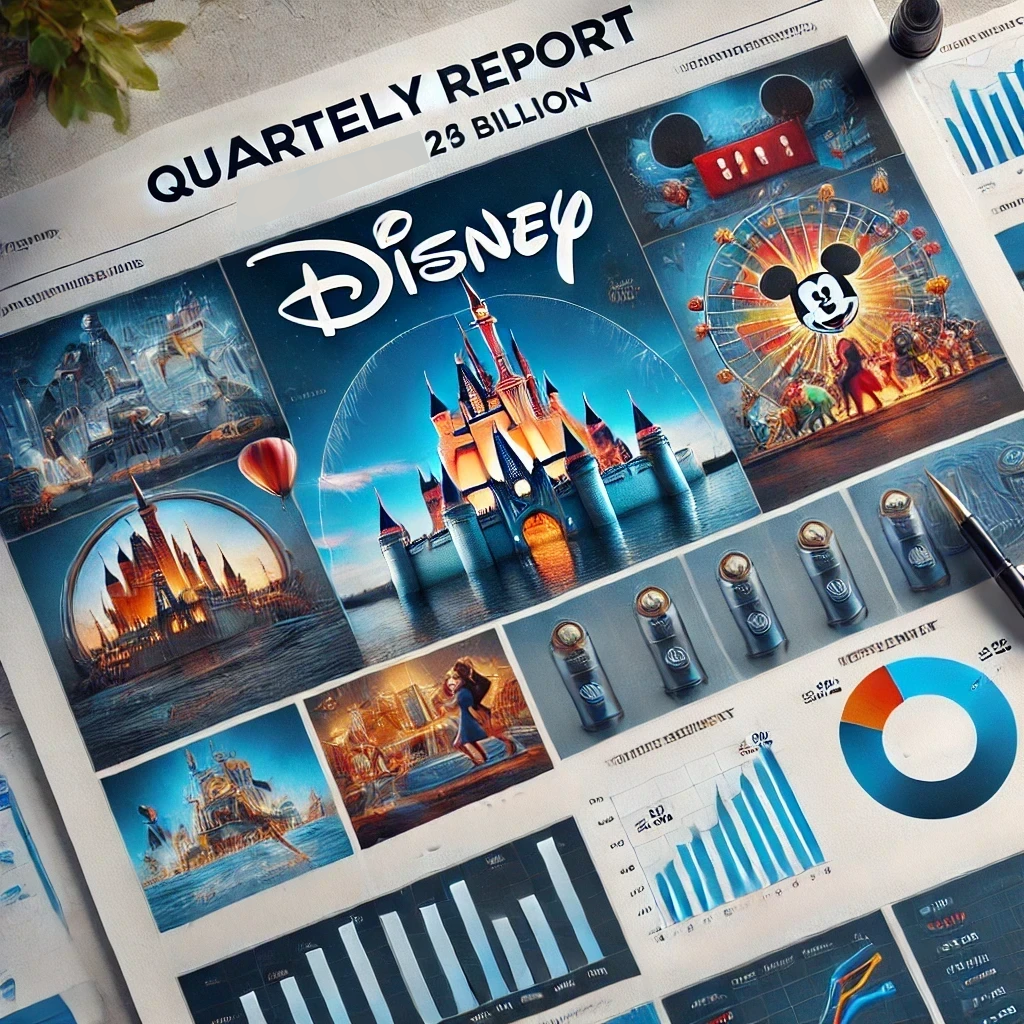
In total, Disney reported a revenue exceeding $23 billion for the quarter. This financial backdrop provides a clearer context for understanding the company’s recent challenges and strategic decisions.

Governor Ron DeSantis of Florida has made headlines with his campaign against what he perceives as “woke” culture, targeting companies like Disney. DeSantis has accused Disney of promoting an LGBTQ+ agenda and sexualizing children in its content. This narrative has gained traction among some far-right Republicans. Nevertheless, many right-leaning voters have children who adore Disney films like “Frozen” and enjoy franchises like “Star Wars” and Marvel.
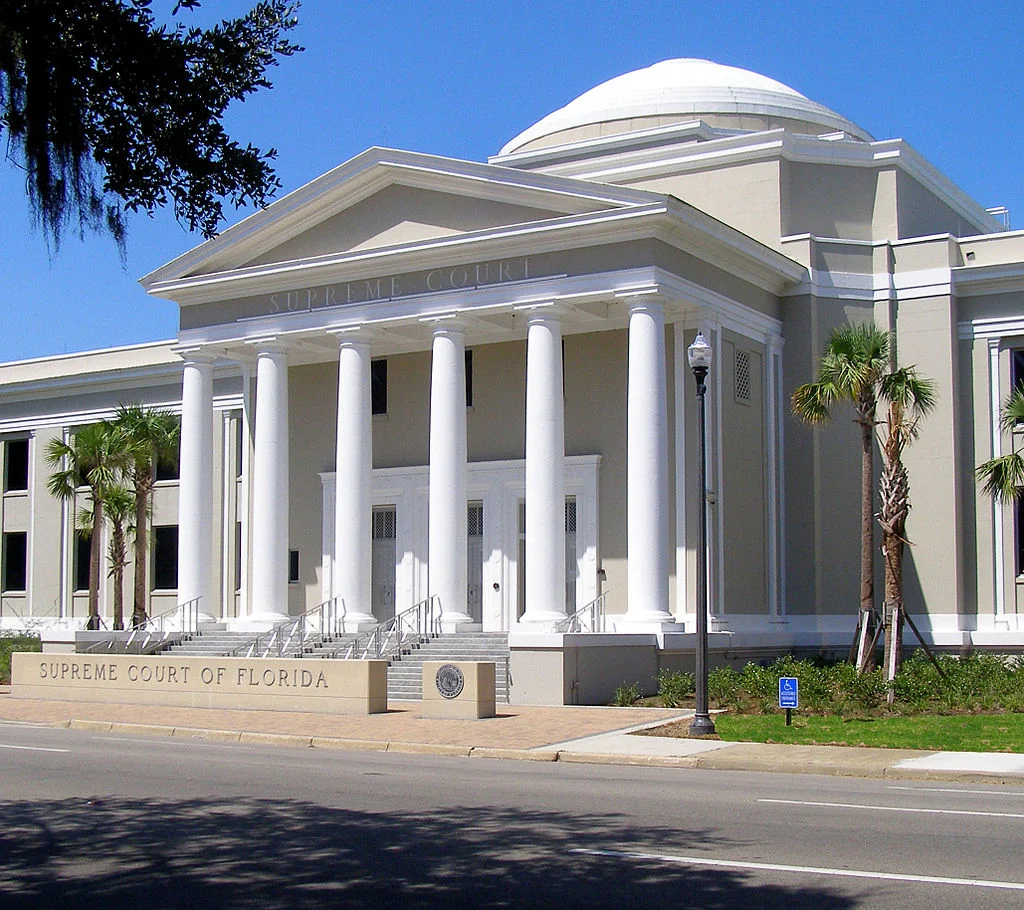
DeSantis’ efforts to reshape education and workplace training on race and gender identity have faced significant legal setbacks. A federal court recently blocked a key measure of DeSantis’ 2021 Stop WOKE Act, originally aimed at banning instruction in schools or mandatory training in workplaces that suggested privilege or oppression based on race, sex, or national origin. The law, later renamed the Individual Freedom Act, was criticized by a federal judge as “positively dystopian” and found in violation of the First Amendment by an appeals court, which ruled it could not apply to colleges, universities, or businesses.
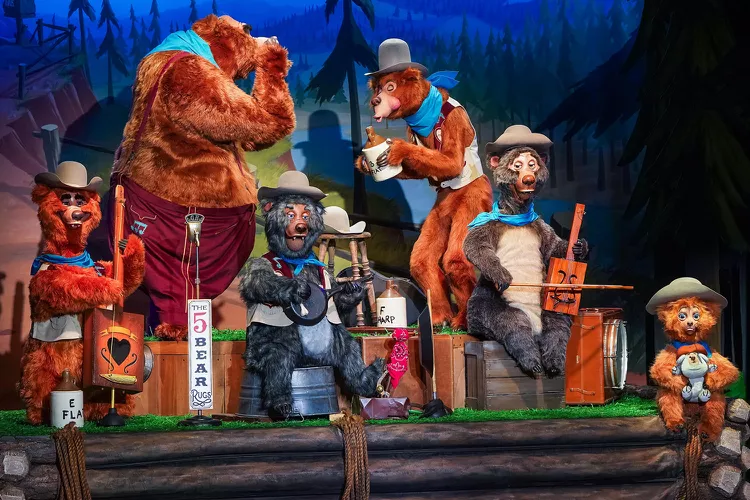
In contrast, Disney has emphasized inclusivity. The Country Bear Jamboree at Walt Disney World recently reopened with the character Liver Lips McGrowl retired in favor of a new, more inclusive character, Romeo McGrowl. This change is part of Disney Parks’ broader efforts to update attractions and remove elements considered outdated or offensive.

Similar updates have been made to other attractions, including Splash Mountain and the Jungle Cruise, reflecting Disney’s commitment to modern sensibilities while maintaining the charm of its classics. These actions highlight a clear divergence from DeSantis’ anti-woke stance and underline Disney’s strategy to embrace inclusivity.
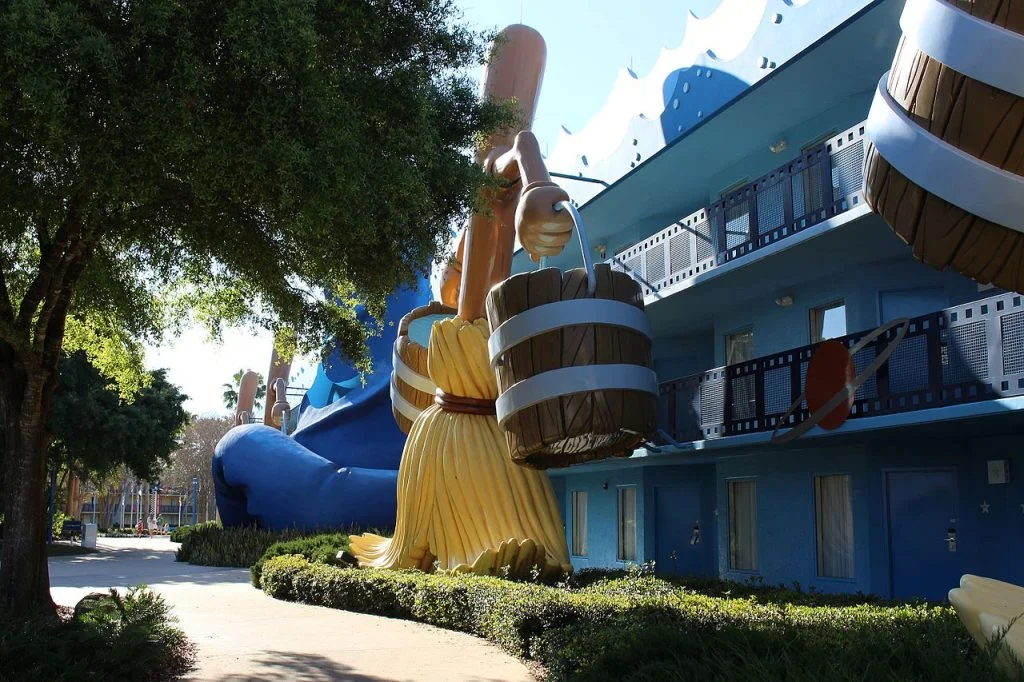
The tension between political agendas and business practices is evident in the ongoing feud between Governor DeSantis and Disney. While DeSantis challenges diversity, equity, and inclusion programs, many Republicans argue that businesses should have the freedom to operate as they see fit. This complex landscape of modern politics continues to shape the interactions between cultural institutions and political movements.

Disney’s focus remains on navigating the economic challenges posed by inflation while maintaining its commitment to inclusivity, all while operating under the scrutiny of political adversaries. This multifaceted approach underscores the company’s resilience and adaptability in a rapidly changing socio-political environment.





